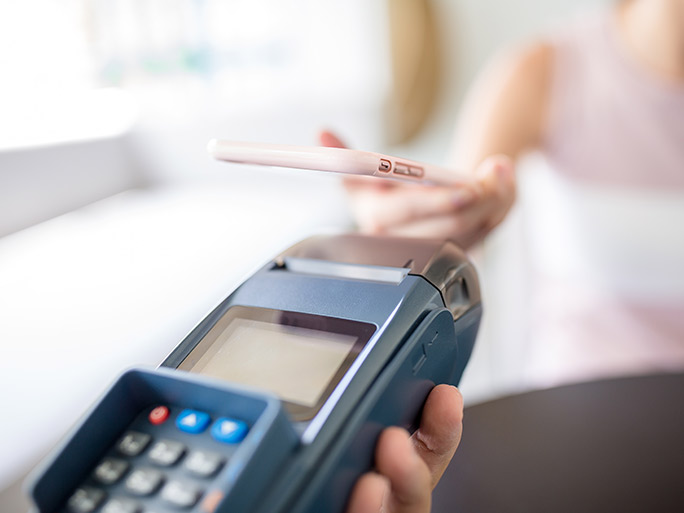Instant Payment to Rival Payment Cards

Instant payment transactions will grow by 161% in the next five years, exceeding $58 trillion by 2028.
We have never had so many options when it comes to making a payment as we do now: cash, card, digital wallets, PayPal, Bizum…
Despite this, cash is still the preferred means of payment. According to data from the Bank of Spain, 61% of payments made in 2023 were made with cash, ahead of card payments (32%) or mobile devices (6%).
However, we all notice that something is changing. For example, as mobile phones are being refurbished and more users have NFC technology in their devices, the gesture of paying for a purchase with a mobile phone is becoming more and more common.
In addition, experts predict a boom in instant payment transactions. According to the study ‘Global Instant Payments Market 2024-2028’, prepared by Juniper Research, the global market for instant payments will exceed 58 billion dollars in 2028, which represents a growth of 161% compared to the 22 billion dollars that will close the current financial year.
The consultancy’s experts claim that this growth will be driven by the growing popularity of A2A (account-to-account) wallets, such as iDEAL or Twint, along with the rise of Open Banking.
Juniper Research explains that these solutions allow transactions to be made directly from bank accounts, without the need to use a card, and therefore offer several advantages. On the one hand, it reduces costs for merchants, as they no longer have to pay the fees associated with card payments. On the other hand, it reduces complexity and increases convenience for users, who can pay directly from their mobile phone.
In addition, instant payments allow funds to be received in 10 seconds or less, with both parties receiving confirmation of payment in less than a minute. This is not only important for its speed, but also because it increases users’ confidence in these systems.
Open Banking drives instant payment
The consultancy emphasises the boost that Open Banking will bring to instant payments, as it allows digital wallets to leverage bank payments without requiring partnerships with individual banks, increasing access.
As such, its report forecasts that the ability to quickly and securely access bank accounts through Open Banking, along with bank-backed A2A wallets, will increase the volume of consumer instant payment transactions from 252 billion in 2024 to more than 600 billion in 2028.
Juniper Research specifies that A2A wallets are widely used for private-to-private transfers, being used for informal payments or loans between friends and family. For example, the study notes that one of the reasons for their popularity is that they allow payments to be split among several users.
In other words, they are very similar to Bizum, but not exactly the same. A2A wallets operate directly linked to a bank account, while Bizum is linked to an account through each bank’s mobile app. But their use and utility are virtually identical.
However, there are still some barriers that could hinder wider consumer adoption. For instance, the consultancy’s research speaks of the need for greater acceptance of this type of payment by merchants, both at physical checkouts and in e-commerce.
“To increase adoption, we recommend that merchants incentivise consumer usage by offering discounts on purchases when using bank-linked payments. By encouraging adoption, merchants will benefit from lower per-transaction fees compared to cards,” says Michael Greenwood, author of the report.